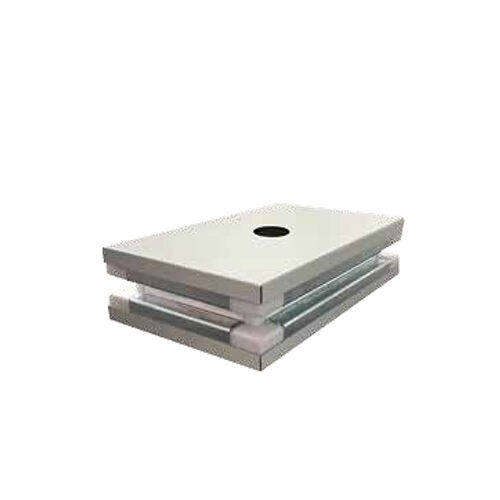Air changes per hour (ACH) can be vary important depending on the level of fresh air required for specific space over a defined period. It is a very important thing to take care of because it keeps the air you breathe, natural and healthy around your living space. Indoor air quality can also suffer, spawning respiratory troubles, headaches and allergens. This is particularly important to sensitive places such as hospitals and healthcare facilities, where the distribution of airborne diseases can be facilitated:[[MORE]] So that is why knowing and calculating the right air change rate for a space is so important to maintain optimum indoor air quality.
A Complete Guide to Calculating Air Changes
Follow these steps to find out how many air changes are necessary in a space:
Calculating the room volume: Measure Length, Width and Hight of Room then Multiply all three to get Volume.
Air exchange rate: The number of times the volume air healthily can be replaced every hour (based off factors such as how many people are in a room, what kind of activity is occurring at that time and how clean or contaminated this space should remain). Ordinarily, a minimum of 4 ACH is recommended for all occupied spaces; however, areas with elevated activity or occupants suffering from respiratory problems may need as many as 8-10 ACH.
Determine airflow needed: To determine how much airflow is required, multiply the volume of the room by rate at which you wish to achieve ACH
Make certain the HVAC system can accommodate: Verify that your heating, ventilation, and air conditioning (HVAC) systems have sufficient stagnation pressure to deliver required airflow for outdoor air change.
Adjustable Levels of Air Changes for Different Applications to Fit Individual Environmental Needs
The optimal number for a specific space will vary depending on the size of the room, how many people are in there and what it is used for. For normal applications, the standard is not less than 4 ACH; however special cases may dictate more stringent minimum requirements. For a number of specific areas such as dining spaces, kitchens and bathrooms, there must be extra ventilation to remove airborne contaminants like smoke and odors.
High ventilation is critical in places like healthcare settings to reduce airborne infection. The American Society of Heating, Refrigerating and Air-Conditioning Engineers (ASHRAE) suggests 12 air changes per hour as the target ventilation rate for healthcare facilities to achieve optimal indoor air quality. The implication for health care facilities is that the number of air changes needed in a healthcare setting are highly variable because they depend on factors such as how many people there (the fewer, generally the less air needs to change), what procedures occur with those in-need population and if positive pressure or other airflow management devices need to be used. Operating rooms may need a higher ventilation rate to minimize the risk of contaminants, whereas less probably in waiting areas.
In conclusion, it is important to determine the number of air changes that a particular space needs for good indoor air quality. By properly designing the number of air changes required using these recommendations, building owners and facility managers can protect occupants by improving comfort and Indoor Air Quality (IAQ).
Table of Contents
- A Complete Guide to Calculating Air Changes
- Follow these steps to find out how many air changes are necessary in a space:
- Calculating the room volume: Measure Length, Width and Hight of Room then Multiply all three to get Volume.
- Adjustable Levels of Air Changes for Different Applications to Fit Individual Environmental Needs

 EN
EN













































